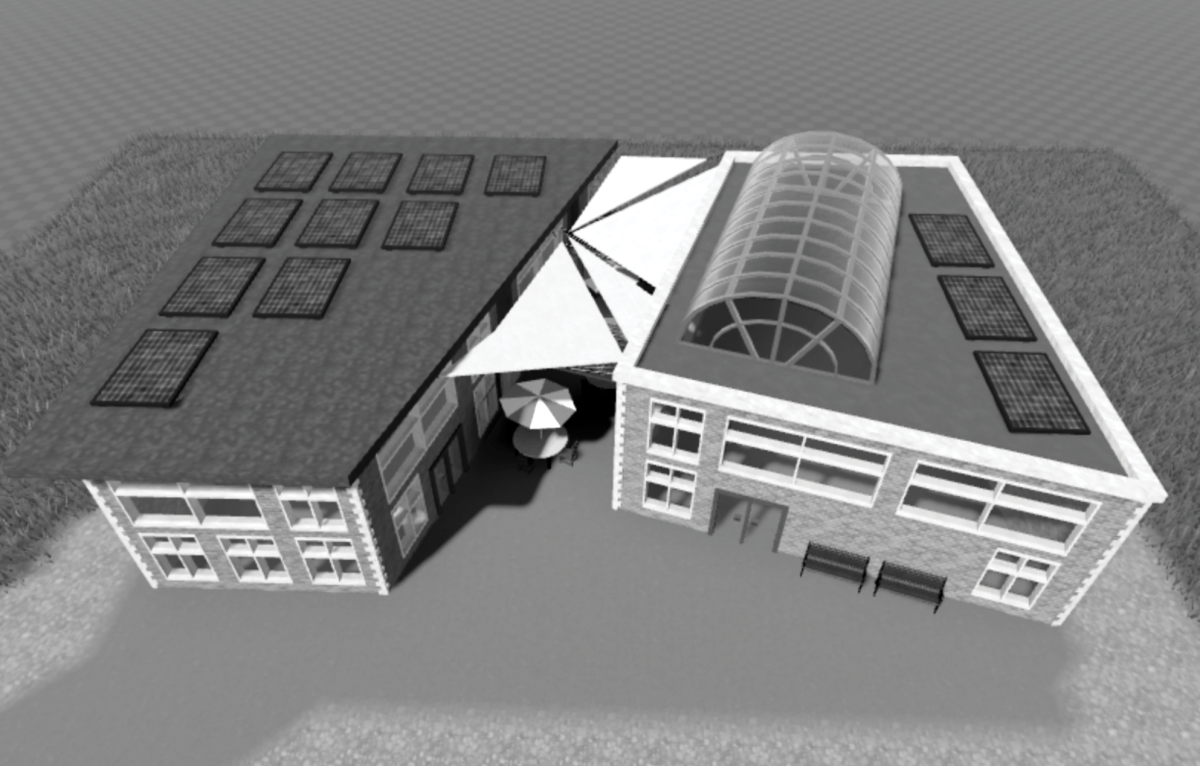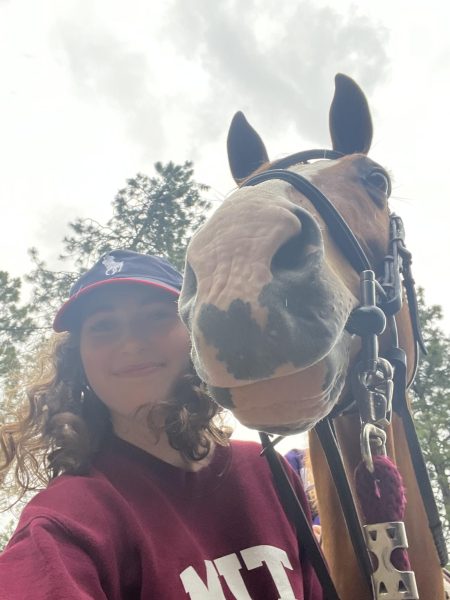When then-sophomores and juniors saw the new Projects In History: Research class on the 2024-2025 curriculum guide about a year ago, it was likely an intimidating prospect for many of them. Most likely feared they’d have to write a comprehensive research paper at the end of it and passed on the class in favor of other electives. But for the twelve students who did sign up for Research, as it’s fondly referred to, and their teacher Emily Pace (now in her sixth year at Lakeside), an unexpected world of possibilities revealed itself. Research sets a new precedent for how Lakeside students can be free to pursue what interests them — including in the format of their final projects, which ranged in this class from an informative Instagram post to a digital model of a building to, yes, a research paper.
Though the format of this class is unique from any previous ones taught at Lakeside, there was once an honors-like history elective that had students research specific topics and produce a paper as the final project at the end of the semester. Students also read Joseph Conrad’s “Heart of Darkness,” a novel that explores themes of imperialism, violence, and dehumanization. The course was taught by Colleen Kyle, who worked in the Lakeside history department from 2009 to 2019 and now serves as the academic dean at the School for Ethics and Global Leadership (SEGL).
When Ms. Pace decided to try to resurrect this research-based elective concept, she hoped to reimagine and restructure the class, placing less emphasis on the final product. Rather than a class that was fundamentally about its end and developing skills — and assignments and grading that reflected the importance of those things — Ms. Pace focused on developing a class that stemmed from her “desire to really let students who love history get an opportunity to do a deep dive.” She hoped to make time for the process instead of rushing students toward what they would ultimately produce. In keeping with that focus, the supplemental readings for the class are primarily taken from Sarah Maza’s “Thinking About History” and urge readers to consider what history fundamentally is and what it means to “do” history.
Elective proposals are heard each fall by the curriculum committee, which includes one student from each grade and a faculty representative from each department. Research was actually approved two years before its initial run in fall 2024, but classes like Queer US and Latinx Studies were prioritized because of the history department’s desire to increase diversity and representation in the content of higher-level electives.
Ultimately, though, fall 2024 Research covered an incredible range of topics, from how the changes in Robin Hood’s depiction reflect societal shifts, to the role of media in Elizabeth II’s 1953 coronation, to schools of thought in Ethiopian philosophy. When Wayland M-F. ’26 was asked to describe his area of research, he laughed and said, “It’s very complicated.” Having taken a history class via Lakeside summer school, Wayland took U.S. History as a sophomore, and for his research paper, he studied land management practices in the Pacific Northwest. Building off of his interest in that topic, he spent the following semester looking into the proliferation of a specific style of totem pole in the same region. After researching broadly at the start, the majority of his time, he says, was spent figuring out a thesis — ultimately, that there were both economic and social motivations behind the totem poles’ spread — and synthesizing that research into his culminating paper.
Ian S. ’25, on the other hand, had a much less traditional approach to the class and his research. He came in knowing only that he wanted to learn more about something related to architecture, which he plans to pursue in college. Looking around for topics to research, Ian eventually landed on biomimicry, or the way that architects take entities and processes from nature and incorporate them into their designs. It was a difficult topic to research, he says, because nobody had really talked about the history of biomimicry before. “Am I on the right track?” he recalls asking himself, only to find that “there is no track.”
Ian says that his research in Research was less reliant on the typical history class sources like JSTOR and Gale; instead, he spent work periods at the UW College of Built Environments Library pulling books from the shelves and flipping through to find his sources. He was initially “planning on writing a boring, basic paper” (no offense, Wayland), but Ms. Pace pushed him to do something new and unique. In the end, he decided to design his own building, featuring examples of biomimicry, with 3D modeling software. “If people see school as giving them not enough time to explore the topics that they’re interested in, this class is perfect for them,” says Ian.
When asked who should take this class in the future, Ms. Pace said that Research is both for students who are confident in their skills and those who aren’t, who may want to learn how to go deep with research without having to produce a paper at the end. It’s a great opportunity to research a niche topic you’re interested in, but that’s also not a barrier to entry; the class builds in time to workshop ideas and even go down the wrong path and have to backtrack.
Ms. Pace remembers the one-on-one meetings with students, a requirement at several points in the class, as “the joy of my fall semester.” The frustration, confusion, and excitement she saw at those meetings reflected the mission of the class. Students were getting passionate about and invested in topics that she’d never considered herself. “It’s what we do as historians.”


